
Easter, a holiday rich in history and tradition, has evolved significantly over the centuries. While it remains a pivotal celebration for Christians worldwide, commemorating the resurrection of Jesus Christ, many of its ancient customs have faded into obscurity. This article delves into the tapestry of old Easter traditions, now largely abandoned, to uncover how our ancestors commemorated this sacred time.
1. The Tenebrae Service
One of the most solemn and poignant Easter traditions is the Tenebrae service, which was observed during Holy Week, particularly from Maundy (also known as holy) Thursday to Good Friday. Tenebrae, Latin for "darkness" or "shadows," involved a series of candlelight services that became progressively darker, symbolizing the despair and sorrow of Jesus' crucifixion. The extinguishing of candles one by one until the space was shrouded in darkness served as a powerful metaphor for death and mourning. Though still practiced in some quarters, the widespread observance of Tenebrae has waned, its somber beauty and reflection largely replaced by more contemporary services.
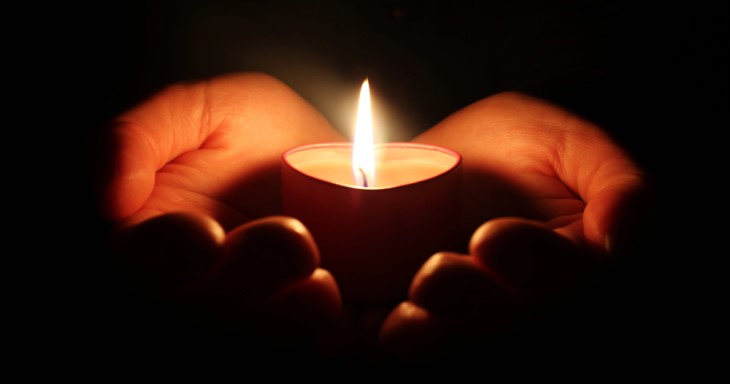
2. Easter Fires
The tradition of Easter fires can be traced back to pagan times, later assimilated into Christian practices. On the eve of Easter, communities would light large bonfires, symbolizing the light of Christ dispelling the darkness of sin and death. This practice was particularly prevalent in parts of Europe, where the fires would be blessed by clergy, followed by processions and festivities. Over time, the elaborate nature of these fires and the accompanying celebrations have diminished, with fewer communities engaging in such practices today.
3. The Easter Sepulchre
In medieval times, the Easter sepulcher was a prominent feature of the Easter celebration. This was a temporary structure set up within churches, intended to represent Jesus' tomb. It would be richly decorated and often contained a crucifix and the consecrated Host, symbolizing Christ's body. The sepulcher would be "guarded" by church members, mimicking the biblical account of Roman soldiers at Jesus' tomb. The vigil lasted from Good Friday until Easter morning, when the sepulcher was opened in a dramatic reenactment of the Resurrection. The decline of this tradition is attributed to the Reformation and changes in religious practices and beliefs.
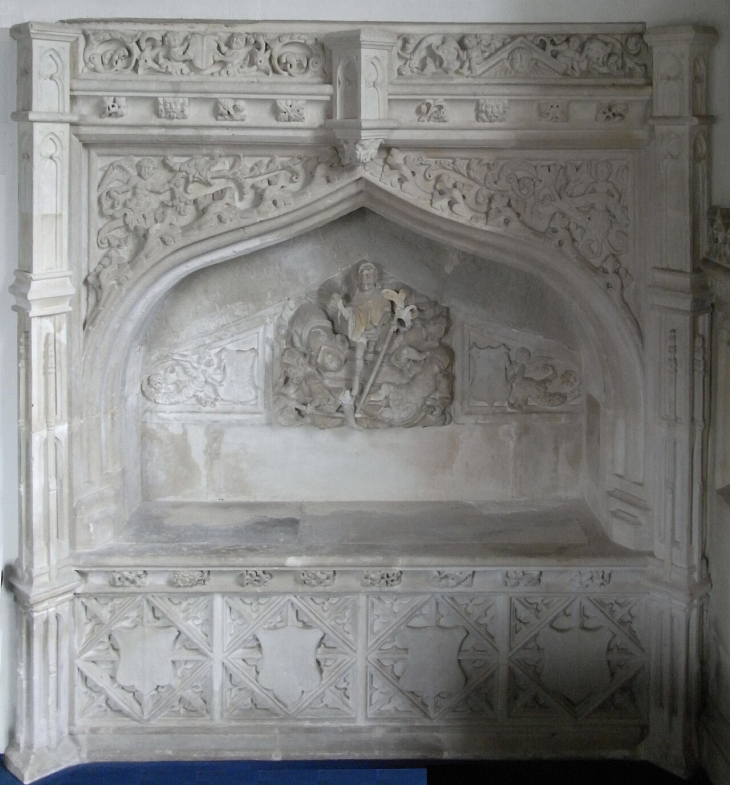
4. Easter Ale and Easter Plays
Easter was once a time for communal celebration and revelry, with the brewing and consumption of Easter ale being a common tradition in England. This special brew, often funded by the church or local benefactors, was a means of fostering community spirit and celebration after the Lenten fast. Accompanying the merriment were Easter plays, dramatizing the Easter story, which were performed in churches or public squares. While modern Easter celebrations often involve feasting, the specific tradition of Easter ale and the communal, celebratory aspect of these plays have largely faded away.
5. The Hocktide Festival
Hocktide, celebrated the second Monday and Tuesday after Easter Sunday, is one of the most obscure Easter traditions. Predominantly observed in England, Hocktide involved various community rituals, including the "hocking" of men by women on Monday and vice versa on Tuesday, where individuals would be captured and only released upon payment of a small ransom. This playful custom, which aimed to reinforce community bonds and collect funds for local causes, has all but vanished, save for a few localities where it is remembered more as a historical curiosity than observed as an active tradition.
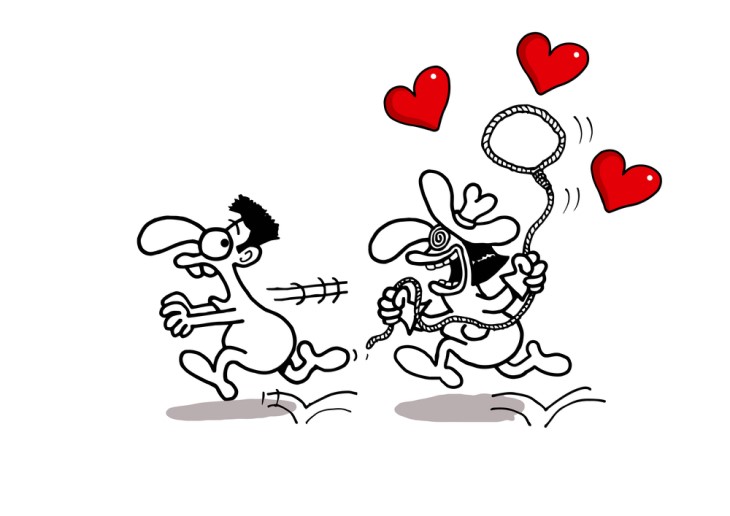
6. Pace Egging
Pace egging, a tradition with roots in medieval England, involved the creation and exchange of Pace eggs, from the old English word "pasch" meaning Passover or Easter. These were hard-boiled eggs that were dyed, painted, or otherwise decorated, then given as gifts or used in egg rolling competitions. The eggs often featured intricate designs and vibrant colors, symbolizing new life and the resurrection of Christ. Pace egging also encompassed a form of street theater, with performers known as 'Pace Egg players' donning elaborate costumes and masks to enact scenes from folklore and legend, often incorporating themes of death and rebirth. While some aspects of pace egging have been preserved, particularly the concept of Easter eggs, the broader tradition and its associated festivities have largely diminished or been absorbed into more modern Easter celebrations.
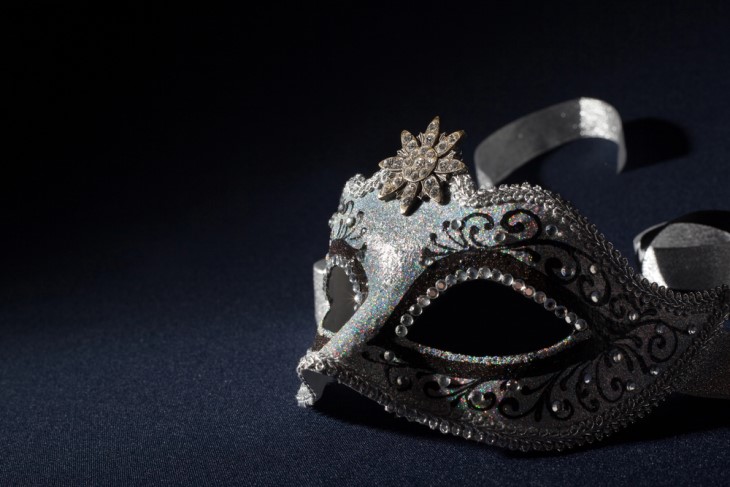
7. The Whipping Monday (Easter Whip)
Last but far from least, whipping Monday was an unusual Easter tradition that took place the day after Easter Sunday, known in some cultures as Easter Monday. This practice, primarily observed in parts of Central Europe, such as Czechia, Slovakia and some parts of Hungary, involved playful whipping or spanking with handmade whips made from willow branches and decorated with ribbons. Far from being a form of punishment, the whipping was intended to bring health and vitality to the recipient, symbolizing the chasing away of illness and bad spirits. Boys would visit girls’ homes to perform the ritual, receiving painted eggs, sweets, or small amounts of money in return.
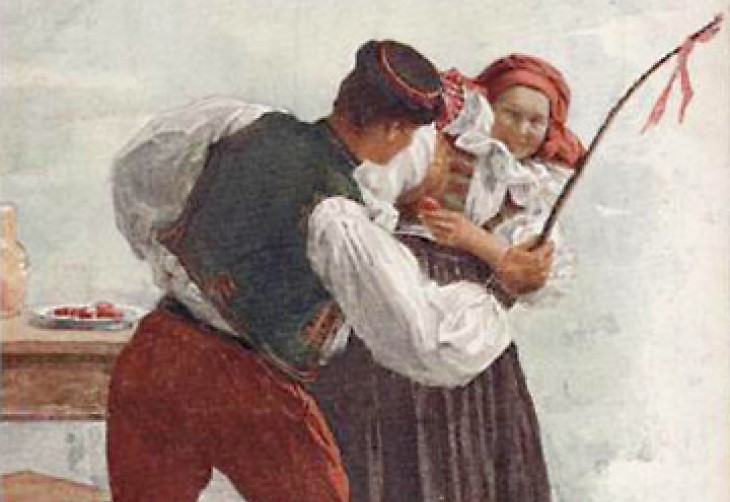
This custom was based on the belief that willow branches and vigorous activity could invigorate the blood after the long, sedentary winter months. Though it might sound strange to contemporary ears, the tradition was deeply ingrained in the folklore of the regions where it was practiced. Over time, the custom has largely fallen out of favor, remembered more as a curious historical practice than observed in the present day.
A few words...
As we explore these bygone Easter traditions, it's clear that the manner in which we commemorate and celebrate holidays undergoes constant transformation. While some practices fade into the annals of history, they leave behind a rich heritage of cultural and religious observance. Understanding these old traditions provides a window into the past, offering insight into how our forebears celebrated one of Christianity's most significant events. As Easter continues to evolve, it carries with it the echoes of these ancient customs, reminding us of the enduring power of faith, community, and renewal.